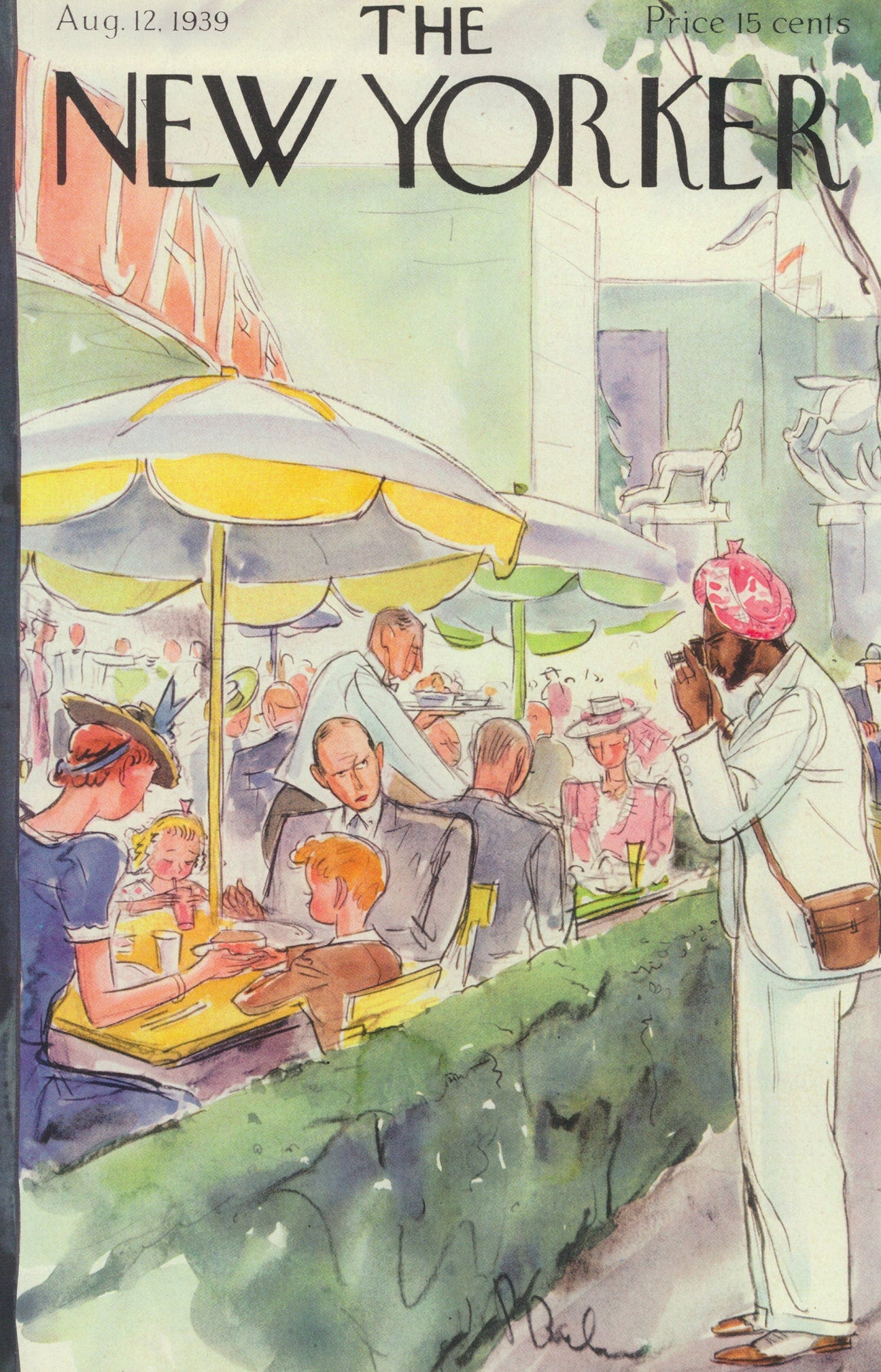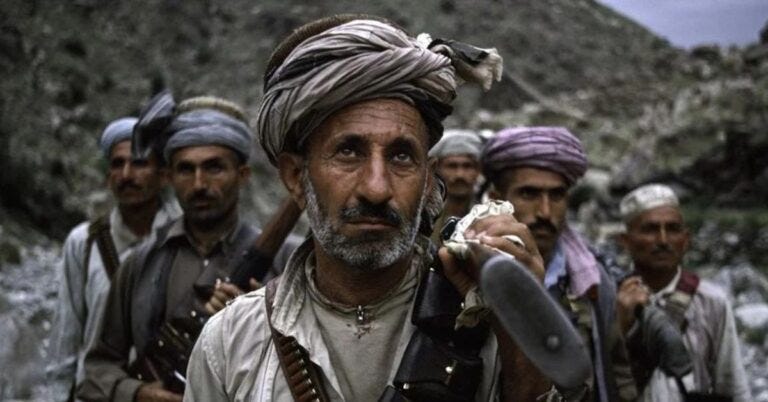The Evolving Images of the Pathan in British India
Words by Uzair Gul
Welcome to the Brown History Newsletter. If you’re enjoying this labor of love, please do consider becoming a paid subscriber. Your contribution would help pay the writers and illustrators and support this weekly publication. If you like to submit a writing piece, please send me a pitch by email at brownhistory1947@gmail.com.
Don’t forget to check out our SHOP and our Podcast.

Recommended Reads:
The Evolving Images of the Pathan in British India
“The Sun ascends from the seas in the East. The Khan descends from the mountains in the West. He takes all the little children; he leaves the city in ruins.”
Mothers across the subcontinent have been narrating some version of this tale for centuries. This little story, and hundreds of others like it, speak to the historic position of the Pathan in Indian folk memory as the perennial barbarian at the gates of Lahore and Delhi —the Great Khan. This tradition associates the Pathans with the Turco-Mongolic hordes that swept through Asia, decimating entire cities and civilizations. The myth of the Great Khan began at the turn of the millennium in the 11th century CE when the Turkic Sultan, Mahmud of Ghazna, launched a campaign of plunder from Afghanistan into India. Between 1000 CE and 1027 CE, Sultan Mahmud initiated 17 military expeditions against the various local dynasties. These ranged from aborted invasions of Kashmir’s Lohara dynasty to the successful sack of Somnath temple in Gujarat under the Chaulukya dynasty. The ethnic composition of Sultan Mahmud’s army is contested but it is probable that this was the first significant appearance of the Pashtun/Pakhtun in Indian history. These people would, henceforth, be referred to by the natives as ‘Pathans’, an Indianized substitute for Pashtuns/Pakhtuns, or ‘Khans’, a common surname among Afghans. Since this time, the conception of the ‘Pathan’ or ‘Khan’ in India has evolved through a series of militarized myths, starting from the initial fiction of the ‘Great Khan’ to British fantasies of the ‘noble savage’ and ‘the martial race’.





